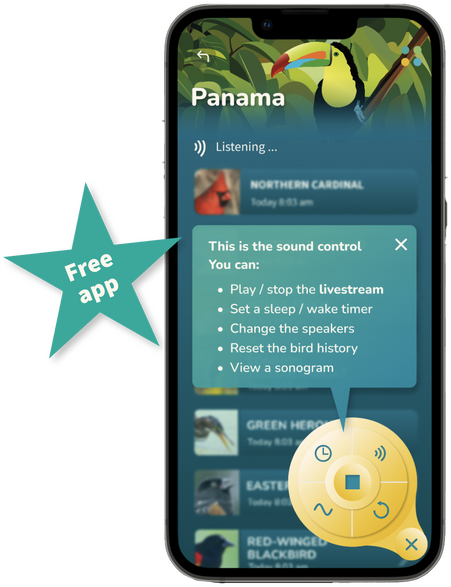
Bird facts
Interesting Bird Facts: Why Sing? The Origins of Bird Song.
Quick Facts
Bird Facts
Why Sing? The Origins of Bird Song

In the animal kingdom, birds are the champions of song. No other class of creatures has such diverse and astonishing modes of vocal expression, and for many of us song is second only to flight and feathers when describing a bird. So how has this come to be? Why do so many birds sing, and in so many amazing ways?
Let’s start with the truth that nobody really knows the answer. Like many questions in science, we come up with theories that make the most sense, but those theories are still (very) educated guesses. So what do experts think our best guess is?
One possibility is that song evolved as avian ancestors evolved for flight. Flying is a wonderful ability, but it requires a lot of extreme adaptations to make it possible. Minimizing weight is key, so bones become hollow, the digestive system becomes very fast, and non-essential parts are reduced. Wings replace forelimbs, and hollow bills replace teeth. Creation and maintenance of feathers become a big part of energy expenditure.
So how does song fit into this? All those compromises for flight means that birds are less robust than other animals: think racing bike versus an SUV. That, in turn, means that physical conflict is especially dangerous for birds. Physical contact during mating season could spell disaster for both birds involved–once a wing is broken, death is usually inevitable.
Song, then, becomes a way to compete without physical contact. By evolving songs that not only attract mates but also announce territories, express physical fitness, and warn competitors, birds establish a way to avoid conflict and keep a mate without ever touching one another.
Another valuable part of sound is its use as a warning, sometimes a very specific one, to other birds. The European Chaffinch, for example, has a specific short call for aerial predators, and another for general alarm. Calls can help keep flocks together, announce food, and signal parents. This culture of song leads to cooperation that also helps birds survive. Through communication, birds help keep each other safe and thriving.
Terra’s bioacoustic nature takes full advantage of this penchant for birdsong. Many birds make short sounds, called flight calls, in migration. By listening to these sounds we can identify most of them to species, which in turn will help us estimate movements and populations with a whole new level of accuracy, and in turn help conserve our wild birds. It may be that birdsong recording and identification will introduce yet another powerful benefit to birds, with a little help from people.
Tags
Share this Article
stream birdsong from terra curated locations
Try out the Terra app!


..or receive a link to the app by email

Enjoy bird sounds from around the world from our curated locations

BACKYARD BIrDING AND CONSERVATION
Stream & identify the birds in your own backyard
Add a Terra device to your yard or garden to create your own listening location in the app
You can also help researchers with conservation efforts
Orders sent late 2023 ship spring 2024
Find out moreTerra yard sensors
Monitor your yard or garden
Terra will connect to optional sensors that track soil conditions, moisture levels, and weather around the home. Take control whether you’re home or not.
Find out more
